
Turkiska Ekfrukter Och Blad Av Ek Quercus Cerris Fotografering för Bildbyråer Bild av mutter
In France this tree receives its own common name ( drouis) and in Italy it is distinguished in the same way, though the name is a combination of the names of the parents ( cerrosughera) or a diminutive of the name for cork oak ( sugherella ).
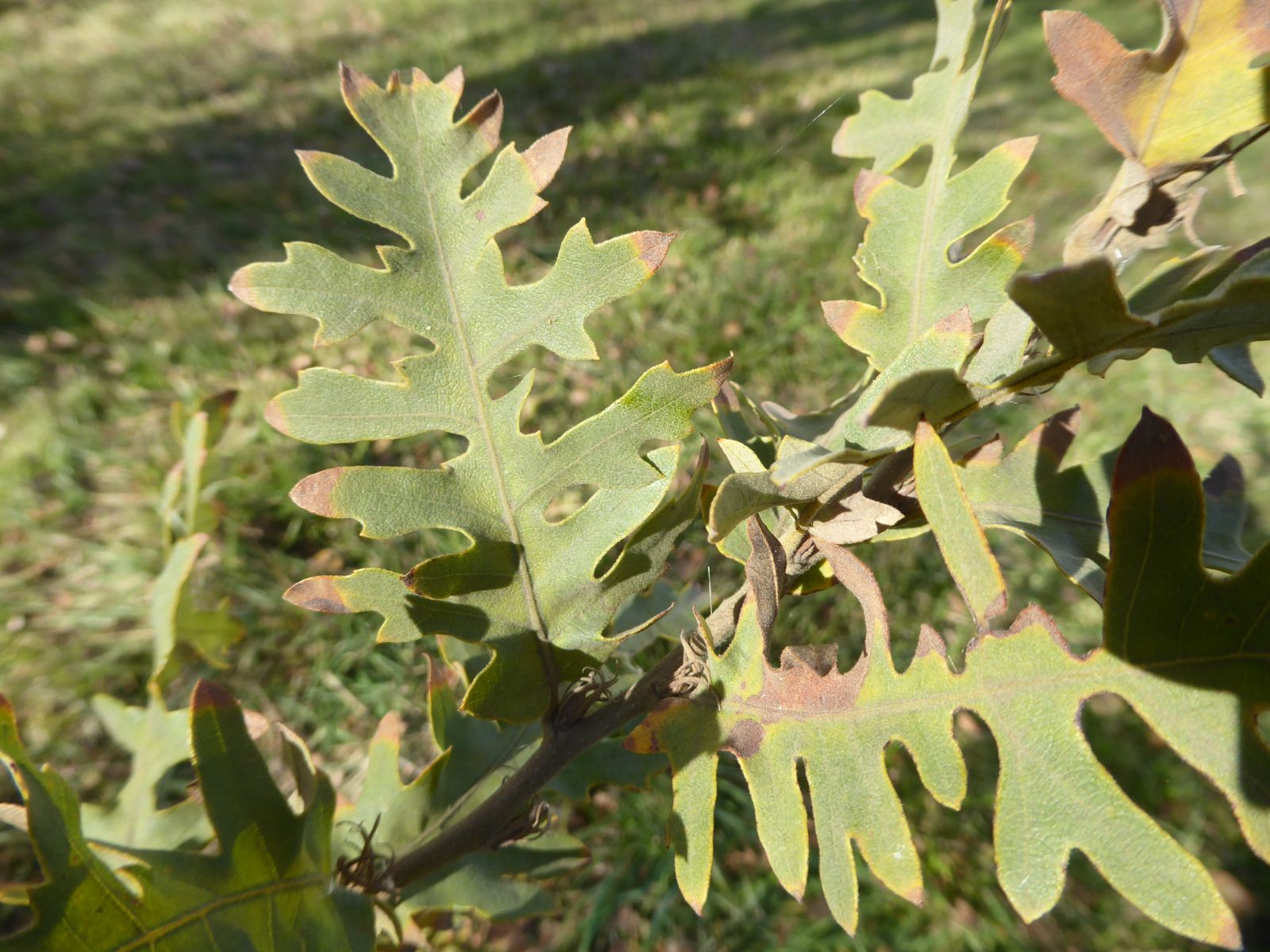
Quercus cerris Trees and Shrubs Online
The dominant plants are Quercus cerris L. and Quercus pubescens Willd, which are almost coeval and around 70 years old. In the wood studied, there is an area of about 3 ha covered by vegetation made up of Quercus cerris L., Fraxinus ornus L., Sorbus torminalis (L.) Crantz, Ostrya carpinifolia Scop., and Acer campestre L., with shrub and vine.
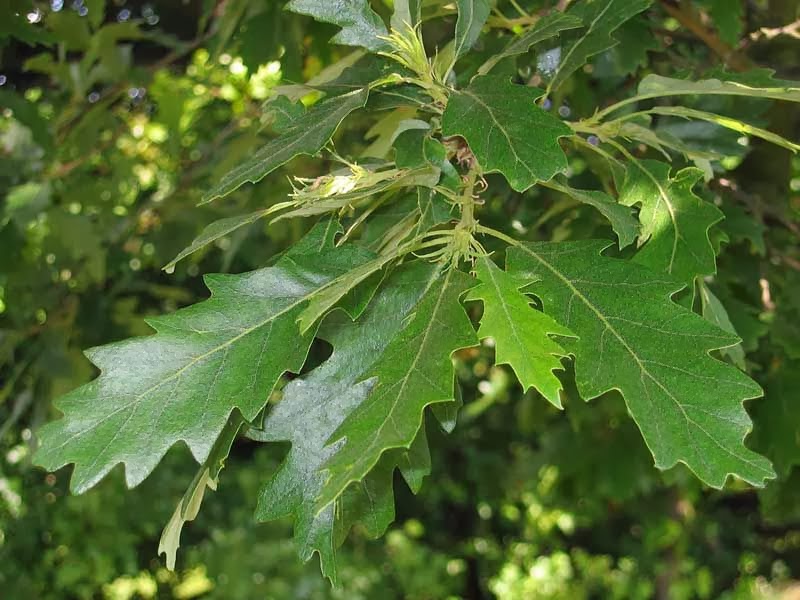
Trees Quercus cerris Turkey Oak
This datasheet on Quercus cerris covers Identity, Overview, Distribution, Biology & Ecology, Environmental Requirements, Uses, Management, Genetics and Breeding, Economics, Further Information. Get full access to this article View all available purchase options and get full access to this article. Get Access Already a Subscriber?
 Hoogheide.JPG)
Quercus cerris ZerrEiche; Türkische Eiche; Zirneiche
Description Quercus cerris is a large deciduous tree growing to 25-40 metres (82-131 feet) tall with a trunk up to 2 m ( 61⁄2 ft) in diameter. The bark is dark gray and deeply furrowed. On mature trees, the bark fissures are often streaked orange near the base of the trunk.

Quercus cerris in Bute Park
Quercus cerris (Turkey Oak) "The Turkey Oak is the largest native Oak species in Lebanon. The tree reaches 30 meters in height, and its. Leaf Blade: 5 - 10 cm Leaf Shape: Ovate Leaf Margins: Lobate Leaf Textures: Medium Leaf Scent: No Fragance Color(growing season): Green Color(changing season): Yellow, Brown Flower

UDENHOUT TREES Quercus cerris 'Marvellous'
Quercus cerris Common Name (s): Moss-Cupped Oak Oaks Turkey Oak Phonetic Spelling KWER-kus SAIR-iss This plant has low severity poison characteristics. See below Description Turkey Oak is a deciduous shade tree native to Europe and western Asia. It grows 40-60 feet tall and wide with a rounded crown and medium density.

Quercus cerris 'Wodan' Moseik (cv) Van den Berk Boomkwekerijen
Quercus cerris Fact Sheet ST-544 October 1994 Quercus cerris Figure 1. Middle-aged Turkey Oak. Turkey Oak1 Edward F. Gilman and Dennis G. Watson2 INTRODUCTION Turkey Oak is a fast-growing deciduous tree capable of reaching 130 feet in height, but mostly seen at 30 to 50 feet tall and wide (Fig. 1).

Quercus cerris (MossCupped Oak, Oaks, Turkey Oak) North Carolina Extension Gardener Plant Toolbox
Quercus cerris. Credit: Franz Xaver/Wikimedia. Turkey oak ( Quercus cerris) is a large, fast-growing deciduous tree naturally found in southern Europe and Asia Minor. Here, it is usually one of the dominating deciduous tree species in mixed forest stands. The tree's timber is of poor quality compared to other oak species and is primarily used.

Quercus cerris Mose oak Boomkwekerijen M. van den Oever & Zonen
Quercus cerris. First published in Sp. Pl.: 997 (1753) This species is accepted. The native range of this species is S. Central & S. Europe to Türkiye, Anti-Lebanon. It is a tree and grows primarily in the temperate biome. Taxonomy. Images. General information. Distribution.
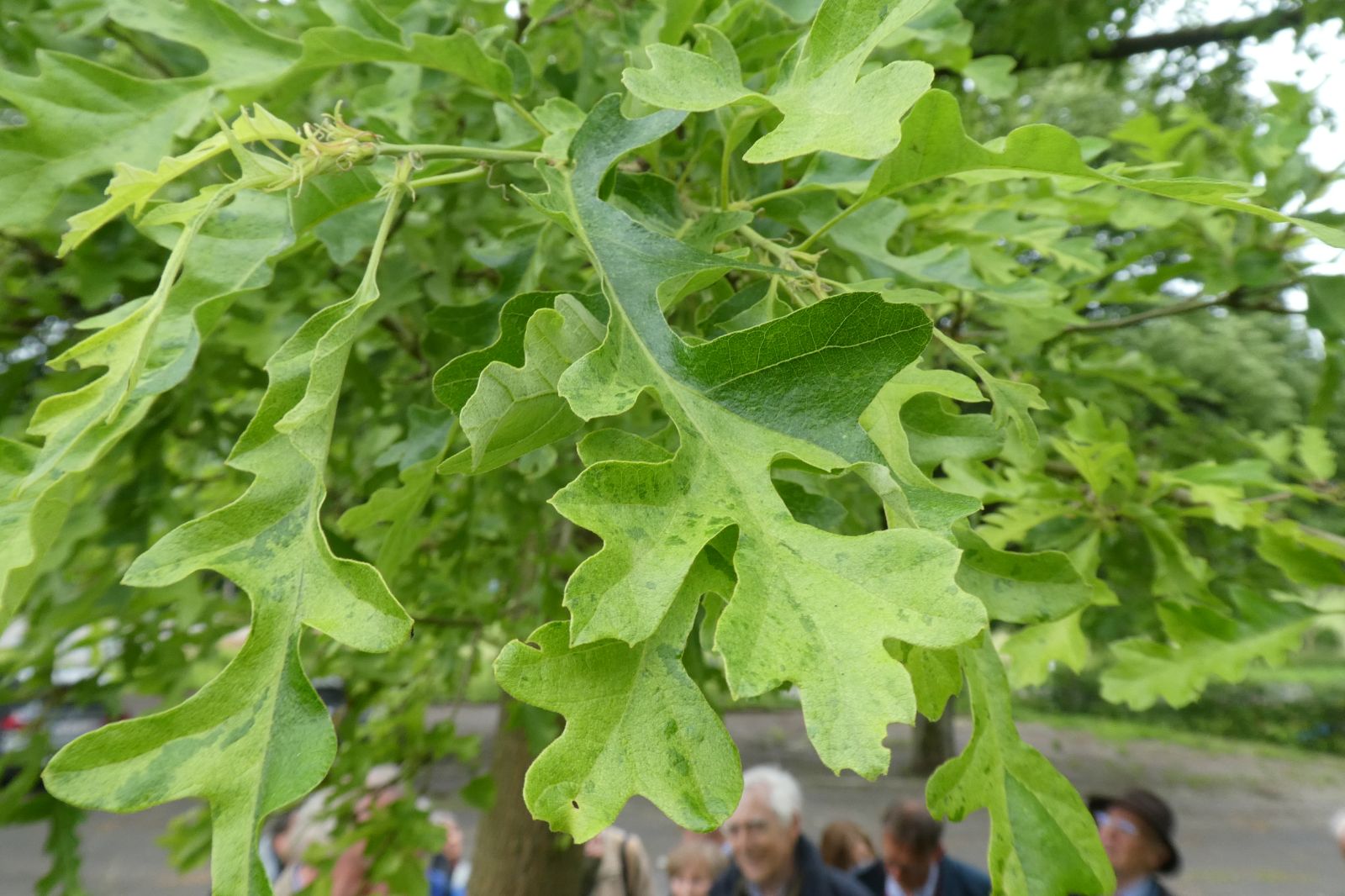
Quercus cerris Trees and Shrubs Online
The main tree species at the studied site are pedunculate oak (Quercus robur L.; QURO) and Turkey oak (Quercus cerris L.; QUCE), with a small share of Fraxinus sp. and Carpinus sp. in the understory.Only vital, dominant or co-dominant (1 and 2 after Kraft classification (Kramer 1988)) QURO and QUCE with no visible trunk damage were included in the sample.
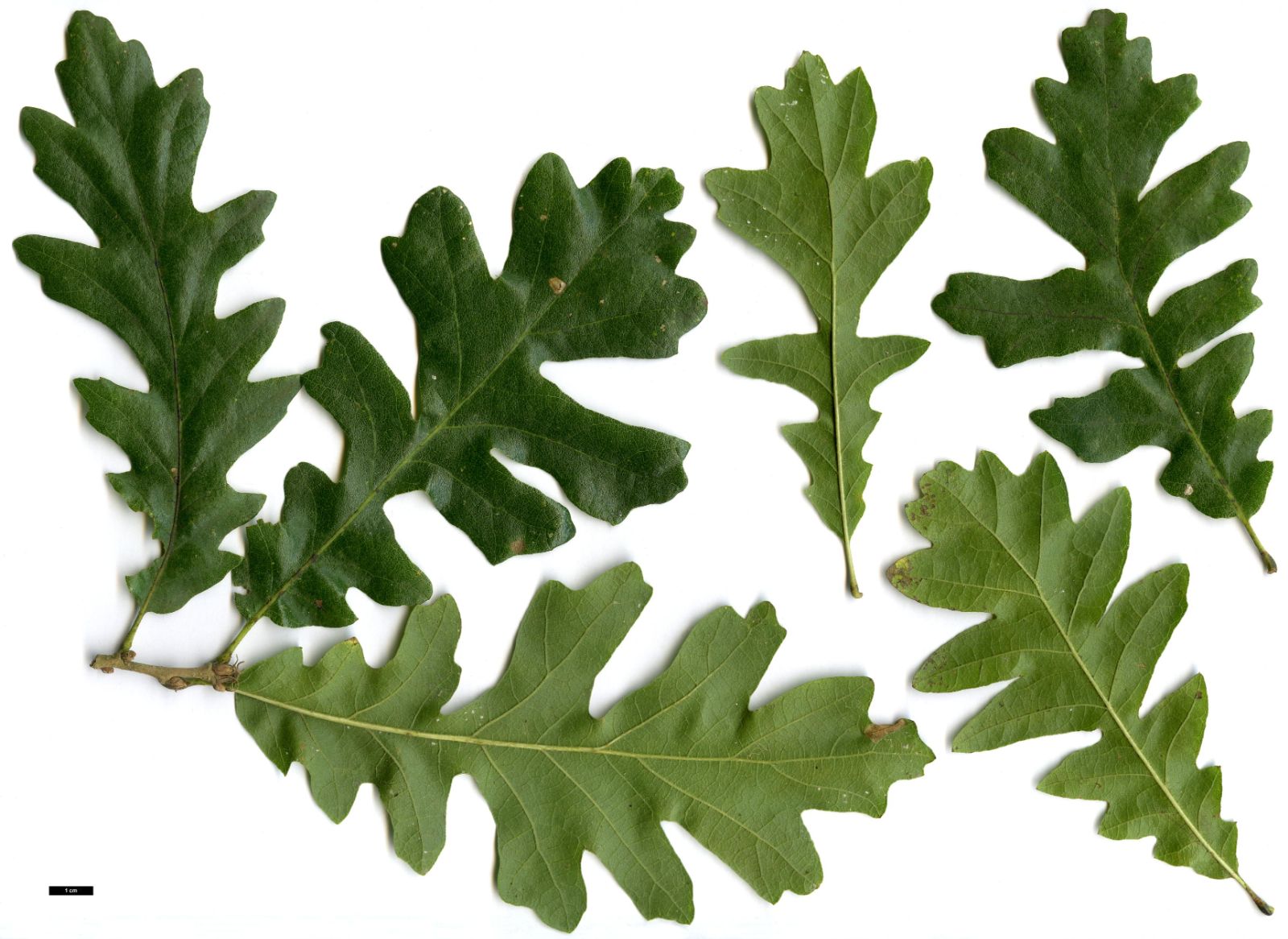
Quercus cerris Trees and Shrubs Online
Description Height: 30 to 50 feet Spread: 30 to 50 feet Crown uniformity: symmetrical Crown shape: round Crown density: moderate Growth rate: moderate Texture: medium Foliage Leaf arrangement: alternate (Fig. 3) Leaf type: simple Leaf margin: lobed, dentate Leaf shape: oblong Leaf venation: pinnate Leaf type and persistence: deciduous
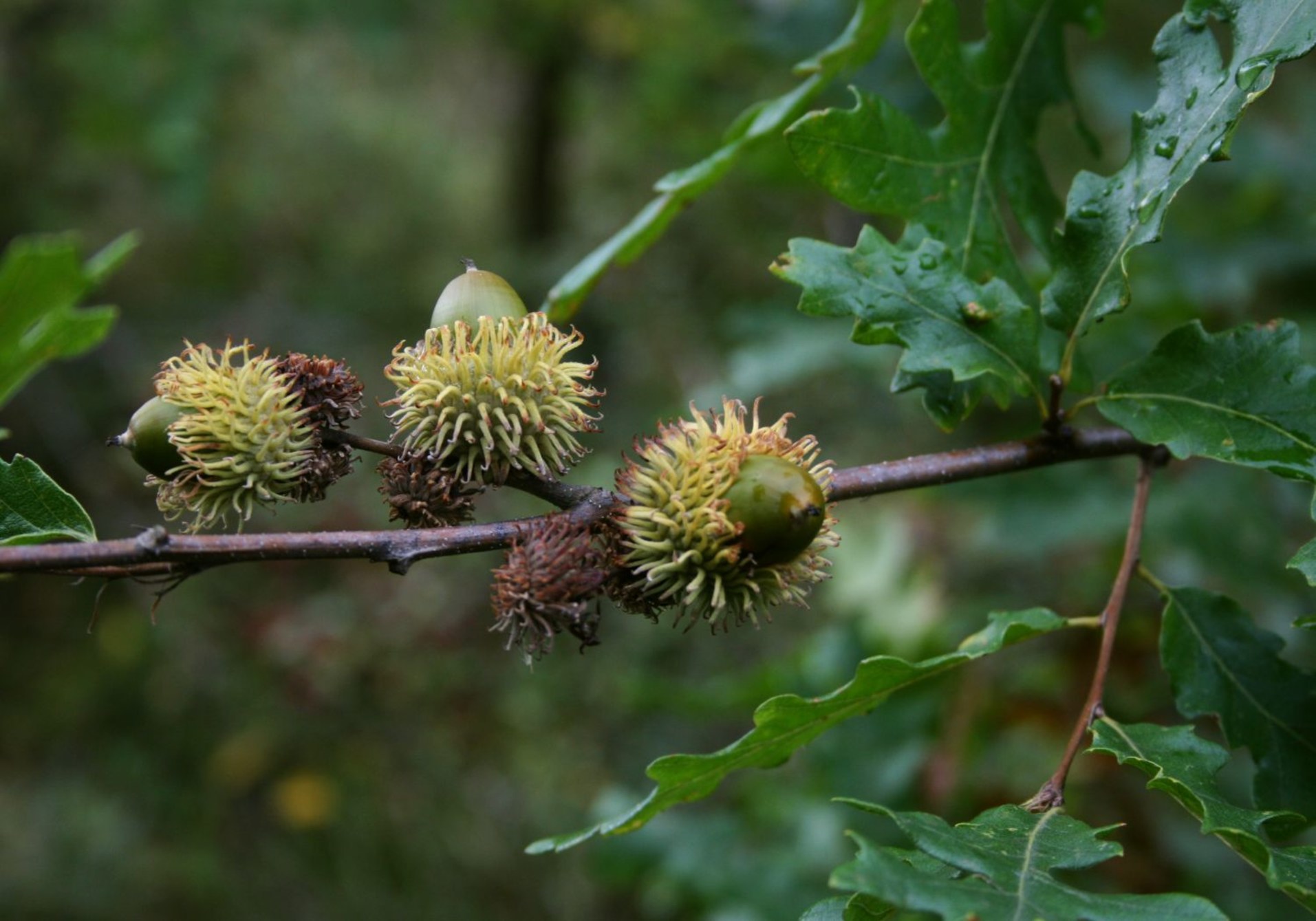
ZerrEiche Quercus cerris Beschreibung Steckbrief Systematik
Quercus cerris, or more commonly known as the Turkey oak, is a large deciduous tree native to Southeast Europe and Southwest Asia. It has been naturalized in Britain and Ireland, where it had once been a native species before the ice age. Turkey oak has been naturalized in the states of Washington and Massachusetts and is also grown in some nurseries in the United States, but is not widely.
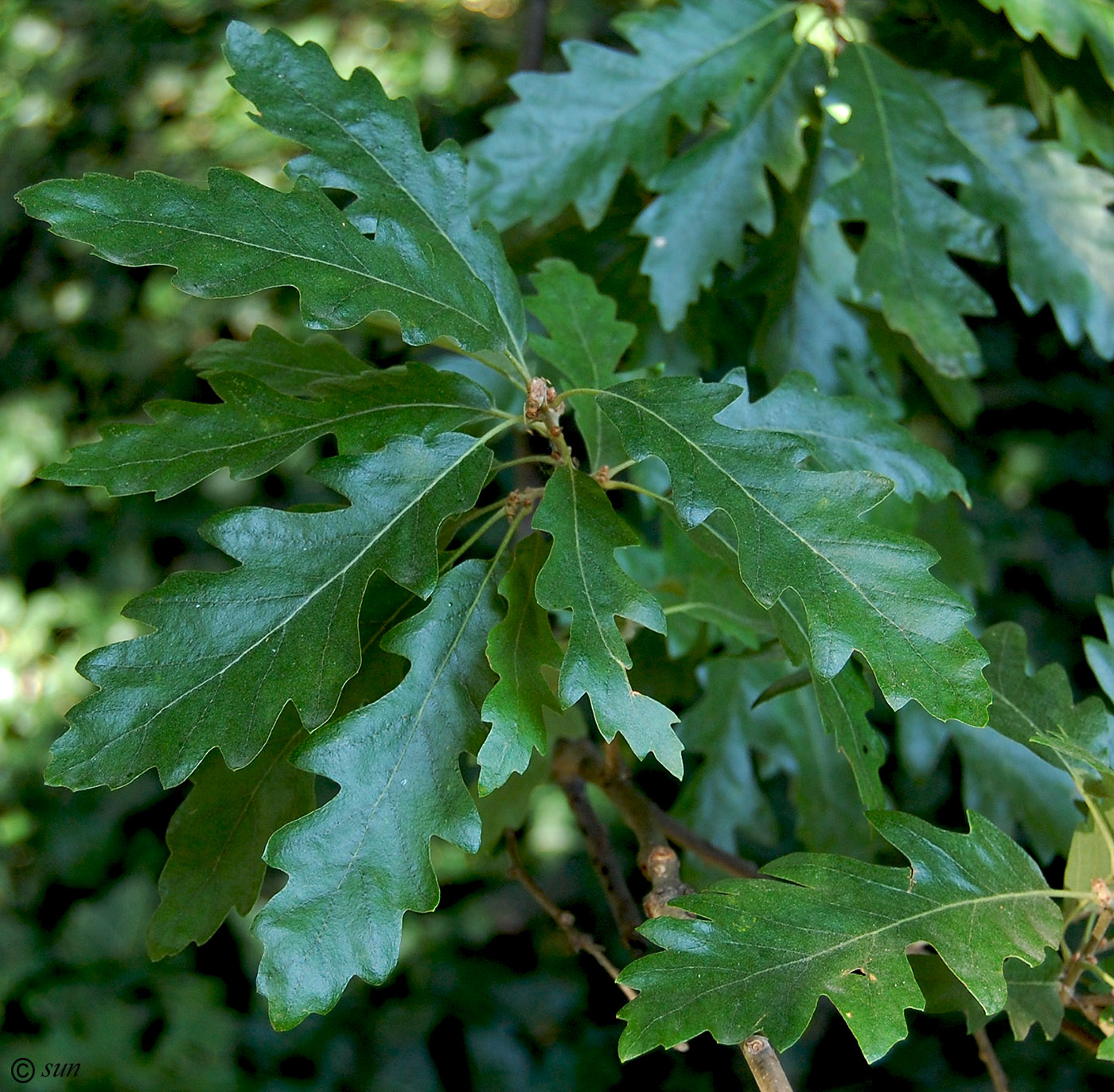
Quercus cerris Изображение особи Плантариум
Name: Quercus cerris L. (1753) Common name: Turkey Oak . The genus Quercus is notorious for hybridisation and introgression due to weak reproductive isolation mechanisms; it is also subject to a great deal of study, (e.g.Curtu et al. 2007).Lucombe Oak - Quercus x hispanica 'Lucombeana' Sweet ex Loud.(1838) - is such a hybrid between Q. cerris and Q. suber, (Cork Oak) that is grown in many.

Quercus cerris
Characteristics Habitat terrestrial New England state Massachusetts Growth form the plant is a tree Leaf type the leaf blade is simple (i.e., lobed or unlobed but not separated into leaflets ) Leaves per node there is one leaf per node along the stem Leaf blade edges the edge of the leaf blade has lobes, or it has both teeth and lobes Leaf duration

UDENHOUT TREES Quercus cerris 'Marvellous'
Quercus cerris Quercus cerris Q Technical guidelines for genetic conservation and use Quercus cerris Turkey oak Marco Cosimo Simeone1, Peter Zhelev Stojanov2 and Gaye Kandemir3 1 University of Tuscia, Viterbo, Italy 2 University of Forestry, Sofia, Bulgaria 3 Forest Tree Seeds and Tree Breeding Research Institute Directorate, Ankara, Turkey.

Quercus cerris Trees and Shrubs Online
shape of Q. cerris along different soil types, elevations and exposures in the Šumadija region in Serbia. The leaves of Q. cerris vary in size and shape, are mostly oblong or oblong-elliptical, widest in the middle of the leaf blade, normally 9 to 12 cm long and 3 to 5 cm wide, with 7 to 9 pairs of triangular lobes (de Rigo et al. 2016).
